P-51D
An ultimate shot for me!
P-51 Mustang captured at 1/160th of a second on a low and fast pass.
Generally speaking, you can shoot jets at a very high shutter speed - unless you're looking for a certain type of effect (more on that later) but with prop driven planes it's important to shoot slow enough to show as much motion in the propeller as possible. Yes, this is easier said than done - as the Mustang in the shot below illustrates.
shutter speed too fast.
Quick Tips
- Determine you current "stable" panning shutter speed
- Start at 1/750th and begin working down from there
- Practice good panning techniques
- Plant your feet shoulder width apart
- Keep your elbows tucked in
- Pick a spot on your target and keep one specific focus point on that spot
- Pivot at the waist
- Gradually start to slow your shutter
- Different airplanes will have different "sweet spots" - as high as 1/350th of a second all the way down to 1/60th of a second
Take a look at the shot below taken at a later air-show and compare it to the "frozen" Mustang above. Sharp focus is maintained but with a nice pleasing blur in the Mustang's prop. You don't get the feeling that the aircraft are just hanging in the sky but rather a good sense of motion.
acceptable shutter speed.
Jets
Generally speaking, you can use a high shutter speed on jets - makes for easier shooting and with a jet's speed you may need it. There are times, however, when you'll want to reduce your shutter speed based on background and simliar situations. The shot below is a good example, higher shutter speed for the jet worked just fine - but a slower speed would have significantly blurred the background creating an even greater sense of speed.
F-86 Sabre
One last consideration for slower shutter speeds, be sure you're not dealing with three axis movement. You can manage a shutter when:
- the plane is moving closer or farther away from you (autofocus does this)
- the plane is moving forward (a good panning technique handles this one)
However, if the plane is rotating, rolling or pitching up dramatically at the same time it's moving forward - you'll start to pick up some blur as you can't pan in multiple directions.
Multi axis movement
Have fun and don't get discouraged, it takes time!
Stay in focus,
Mark











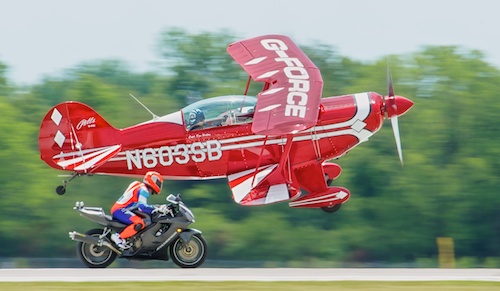
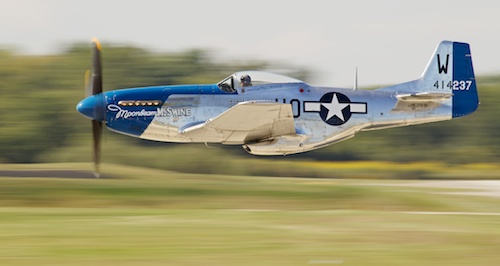
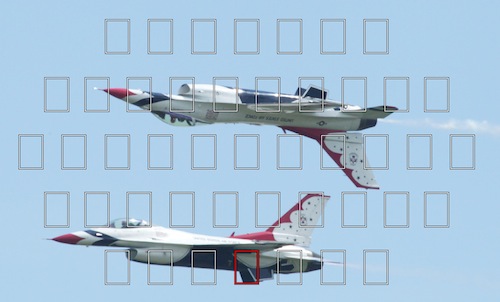
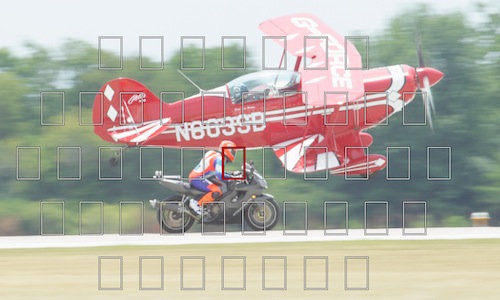

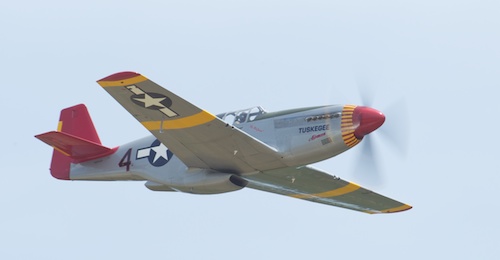

 He Went . . . That Way!
He Went . . . That Way!